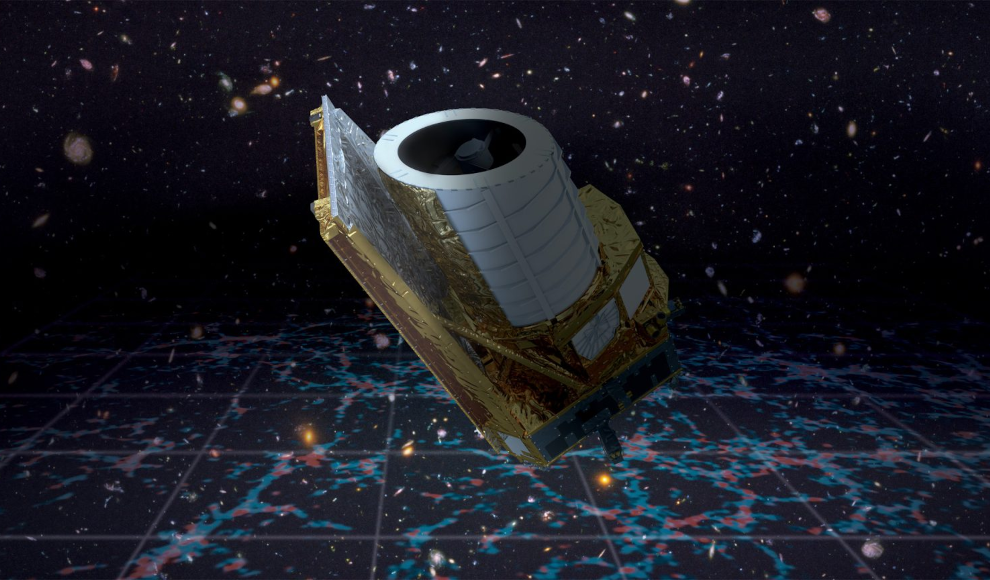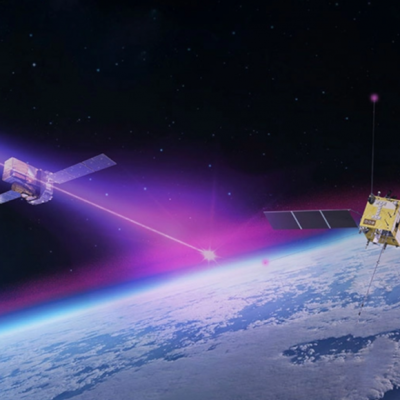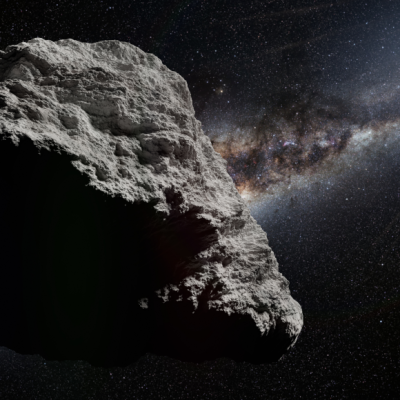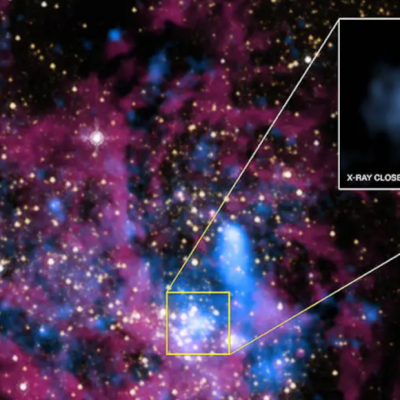The European Space Agency’s Euclid telescope is set to be launched into space by a Falcon-9 rocket from SpaceX. The mission aims to provide new insights into the invisible form of matter, known as dark matter, in order to answer some of the most fundamental questions in physics. The total cost of the mission is estimated to be 780 million euros.
According to the widely accepted Lambda-CDM model in astronomy, dark matter is an invisible form of matter that can only be observed through its gravitational interaction. This theory is based on the dynamics of observable matter, particularly the surprisingly high speeds at which stars orbit the center of their galaxies. The observed speeds in the outer regions exceed expectations based solely on the gravity of stars, gas, and dust clouds. Additionally, the existence of dark matter is considered an explanation for the intensity of the gravitational lensing effect. Based on current knowledge, only about one-sixth of matter is visible and accounted for in the standard model of particle physics. Therefore, the nature of dark matter remains a central, unanswered question in physics.
In order to answer some of the most fundamental questions in physics, intense efforts are being made to search for dark matter, including through the global GNOME network. Additionally, the Euclid mission of the European Space Agency (ESA) is set to launch on July 1, 2023, under the slogan “Exploring the Dark Universe.” The total cost of the mission is estimated to be 780 million euros. The Euclid telescope will be launched into space by a Falcon-9 rocket from SpaceX and will travel 1.5 million kilometers to the second Lagrange point, where the gravity of the sun and the earth cancel each other out. After a cooling-off period of several weeks, the probe will begin to map the cosmos. The telescope aims to uncover the structure of the cosmic web, which will help to reconstruct the history of the universe. Additionally, Euclid will help to better understand the laws of gravity, which are essential for understanding dark matter.










